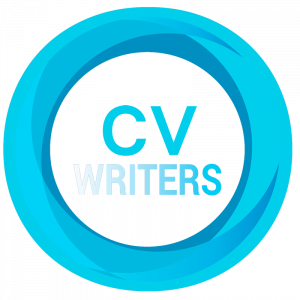
Mastering the art of storytelling during interviews can help you in many ways. Firstly, it provides an opportunity for you to give informative, specific and structured answers to behavioural interview questions that go over your professional experience. Secondly, storytelling helps you convey how good your communication skills are.
Here are some strategies to improve your storytelling abilities before an interview –
Prepare
First off, you should start planning your stories as soon as you have submitted your resume for a job. You should definitely NOT wait until the evening of the interview to draft your stories. You could start with reviewing the list of requirements in the job ad, since your stories will more or less be based on the selection criteria. Reflect on past roles and projects, and align tasks you’ve performed, actions you had taken based on certain situations and results you achieved. The best approach is to use the STAR framework to structure your stories based on the selection criteria.
You should have at least 6 stories to tell. If you’re a senior executive or an experienced professional, the number can escalate depending on the scope of your role. You can often serve the purpose here by having 2 or 3 compelling stories about projects, roles or situations, that are quite detailed that you can adapt to suit different purposes. For people who are in their early career, it might be hard to prepare as many as 6 stories – you can relate stories to academic or even personal achievements if you haven’t had the chance to get much hands-on experience professionally.
Remember Your Audience
One of the key strategies for successfully communicating your stories to interviewers is tailoring your stories according to the audience. If you’re talking to a technical person, you adapt your story to include more technical details to keep them engaged. If you’re talking to a non-technical person, keep the use of jargon to a minimum so they don’t get overwhelmed. You can use non-verbal communication cues like body language or eye contact to understand if your audience is hooked to your story. Remember that you need to engage the entire audience when you are talking to multiple people in an interview – not just the person who asked the question.
Provide Context
Your stories need context. Without context, your stories may not have the same impact on the different members of the interview board. For example, you may have managed up to 12 people in a team. One of the interviewers may be aware of that (they may have learned it from your CV), but the person sitting next to them may have no idea. You have to fine tune your responses keeping in mind both of these individuals.
You shouldn’t assume that the interviewers understand your past roles and have read your CV cover to cover. So when you talk about the “S” part of STAR, you should provide sufficient details so that the interviewer can comprehend your answers even if they don’t have a detailed understanding of your CV and career. For example, if you’ve worked previously as a Project Manager in a bank and you’re asked to talk about a project where you led an offshore team, your response should be “At ANZ Bank where I was a Project Manager in the Finance Transformation program, one of the projects I led with the offshore team was…” and should not be “In my last role we worked on this project…”.
Leave Room for Continuation
While your objective is to present your STAR story in less than 3 minutes capturing all the information that demonstrates evidence that you match the selection criteria referenced in the question, your responses could steer the interview in a conversational manner. With this approach, you can enter a feedback loop to see if you’ve provided enough information. It also sets the scene for providing a high level overview before you dive into specific details that the interviewer may wish to dive into (and giving them the choice on that). Give the context, talk about your task, talk about what you did and really be clear on the result. You can finish that story by asking the audience if they want to dive deeper – Would you like me to talk more about how I did X in that project? Did that answer your question? Did I provide enough detail? Ending your stories with these questions also gives you a second shot at answers, should you have not been able to come off as clearly as you would have liked at the first try.
Keep the Clock Under Check
Think of job interviews as a presentation (minus the PowerPoint slides) and like every presentation, you need to be wary of the time each of your stories take to be told. It’s ideal to keep each narrative between 2 to 3 minutes. Breaking your stories into blocks according to the STAR framework is an effective way to convey necessary information to the interviewers as well as not dragging the response for too long. You can always provide more information on request – aim to cover every single story with a 2-3 minute overview first. Remember the old adage – if you can’t explain something simply, you don’t understand it well enough.
Practice
Practice makes perfect and this applies to interviews and storytelling. If you’re not confident about your storytelling approaches, or would prefer to have mock interviews where you can discuss and improve your shortcomings with an expert, practising with a professional interview coach is always an effective strategy.
These are my core recommendations when it comes to successfully utilising storytelling to ace job interviews. In addition to the above strategies, it’s also important to keep general interview etiquette in mind to be successful during interviews – dress appropriately, arrive on time, smile, maintain eye contact and most importantly, be confident.

Career Coach, CV Writer, CV Writers + ITCV Writers Practice Manager - Tech and Executive Profile Specialist
